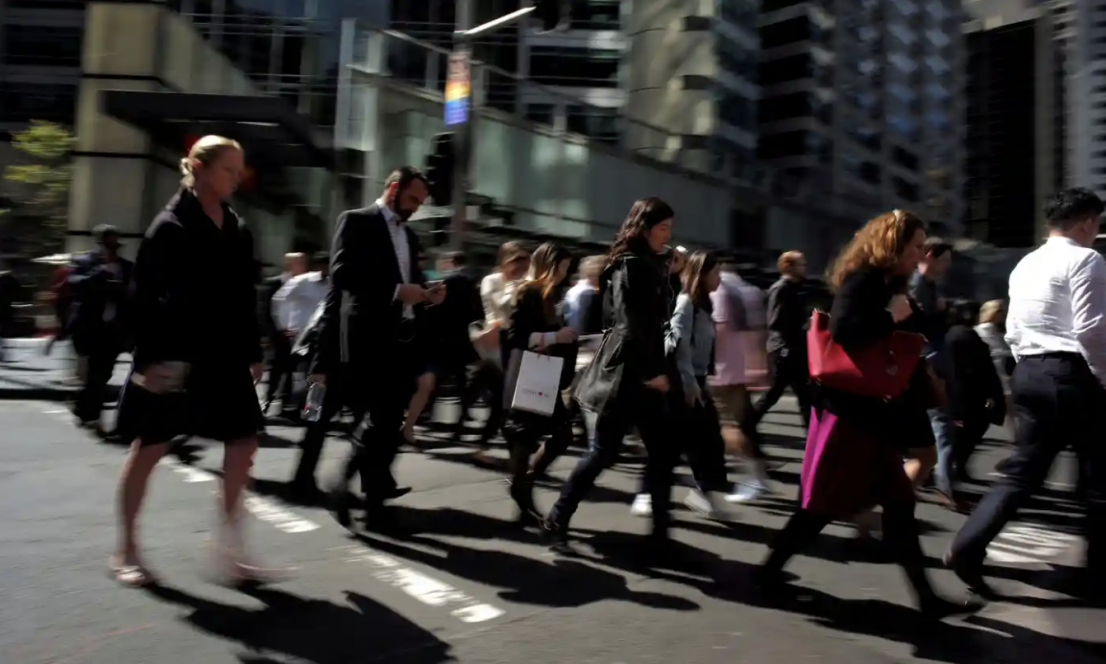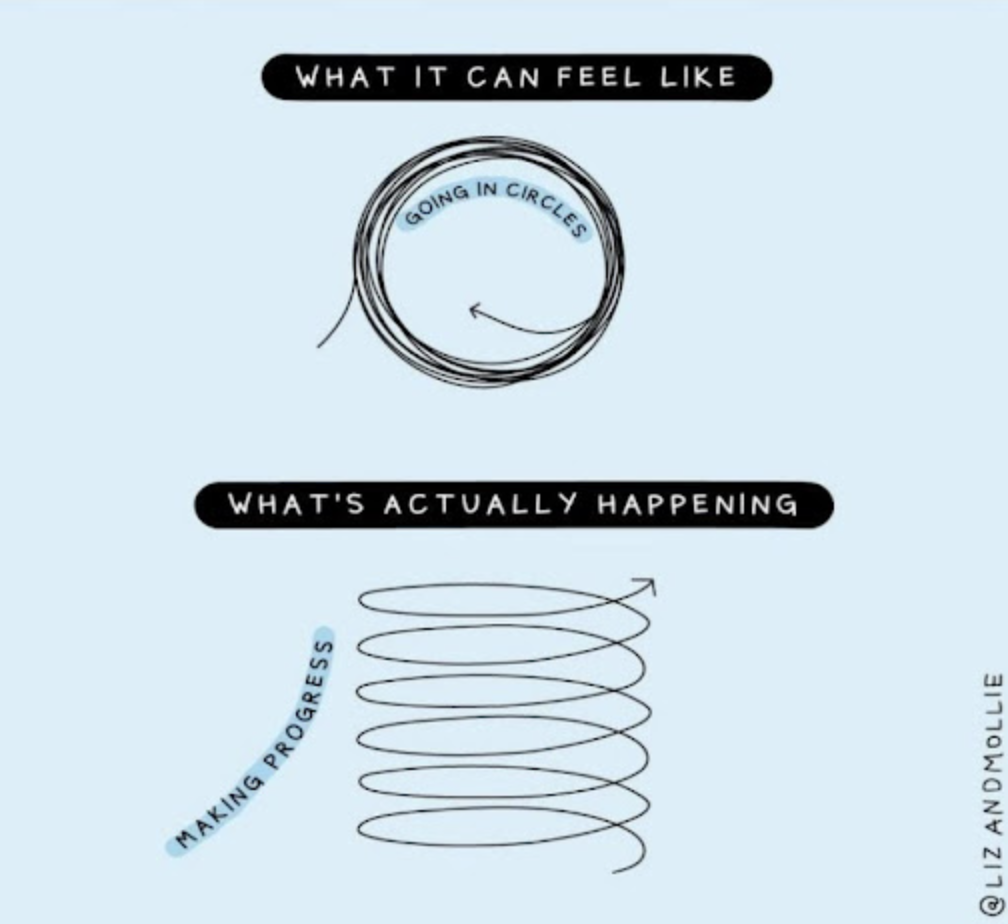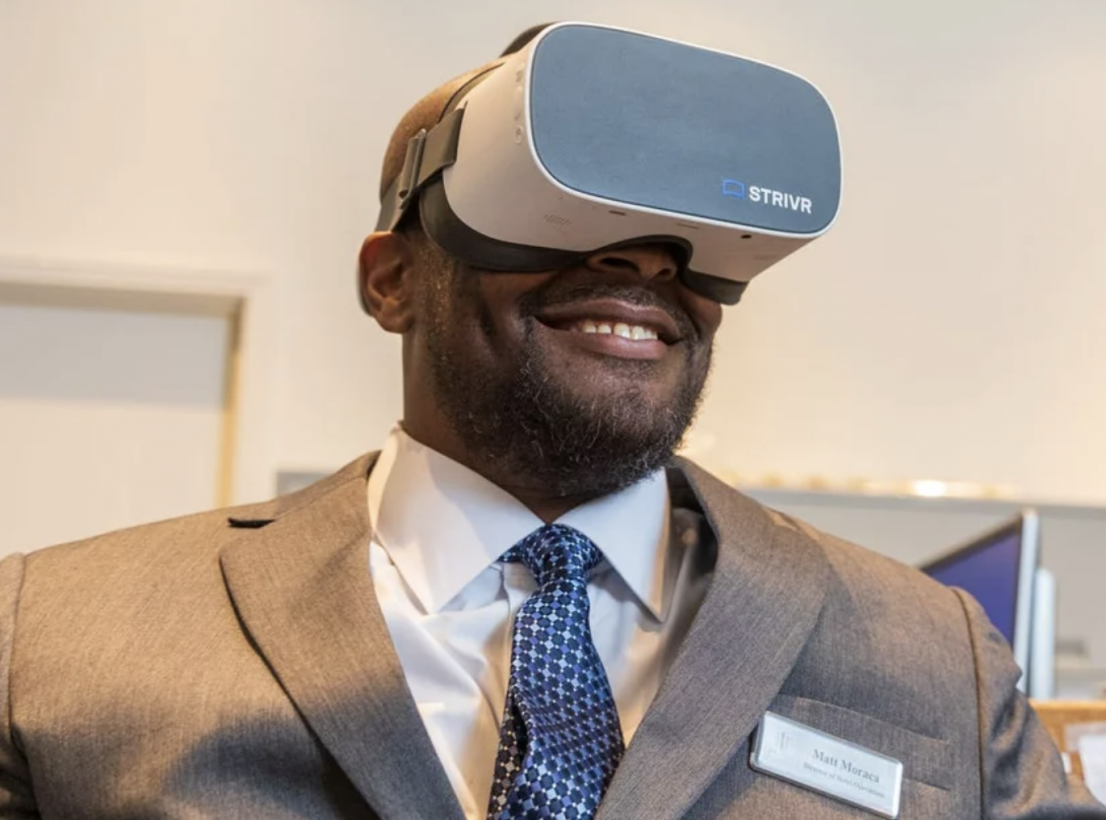The 2022 EY US CEO Survey finds chief executives maintaining growth strategy while pivoting toward ESG and sustainability.
In brief
- Environmental, social and governance (ESG) reporting is moving to the center of the CEO’s radar, joining digital strategy and leapfrogging the war for talent.
- Companies see M&A as the answer to longer-term priorities such as accelerating ESG and innovation.
Supply-chain bottlenecks. Geopolitical turmoil. Technological disruption. The “Great Resignation.” Chief executives have had no shortage of exogenous forces demanding their attention as they steer their companies. Even as chief executives are judged by evolving standards, the 2022 edition of the EY US CEO Survey finds these leaders determined to stay ahead of these head winds.
Consider where we were a year ago when we last surveyed US chief executives. In the early waves of the pandemic, corporates went digital under duress, seeking new channels and technologies to reach their customers amid an uncertain 2020 geopolitical picture.
Now, as we approach the two-year mark of the pandemic, businesses have learned to function within a COVID-19-driven ecosystem, and digital has gone from pandemic necessity to business priority. In the wake of rising inflation, 96% of surveyed US CEOs say cost reduction is a key driver of value. And a growing emphasis on ESG measures is likely compelling companies to consider their sustainability plans.
ESG joins digital on the radar
Our survey provides ample evidence that CEOs are not only addressing urgent needs but also making the case for longer-term investment. Much the way they had to get past short-term thinking to make necessary digital investments, ESG is now moving closer to the center of the radar.
A majority of US chief executives (82%) see ESG as a value driver to their business over the next few years, and virtually all have developed a sustainability strategy. US companies are beginning to follow the example set by the EU, where ESG reporting is further along and investors have come to see that improved government and community relations can accrue to the bottom line. US companies are improving — their “green bond” issuance leapt 72% in 2021, according to data provider Refinitiv — but they will need to pick up the pace: globally, green bond issuance more than doubled (up 102%).
Encouragingly, the majority of US CEO respondents (73%) have adopted ESG for strategic reasons — such as competitive advantage and lower cost of capital — rather than pressure from regulators. This is notable, because when we last asked US C‑suites about climate change-related impact (in April 2019), only 43% saw ESG as a critical long-term value driver. Now, several US sectors are citing ESG as one of their top value drivers, among them consumer products (85%), life sciences (85%) and financial services (84%). ESG even crops up in our responses on deal motivations. A quarter of US CEOs cite strengthening their ESG ranking or their sustainable footprint as the top impetus for M&A, above such perennial incentives as growing market share or acquiring technology and talent.
Speaking of which, the perpetual “war for talent” appears to be trumped by sustainability throughout our survey. When asked about critical risks to future growth strategy, the acceleration of climate change impacts was cited twice as much as talent scarcity and cost. A similar picture emerges in terms of capital strategy: planned investment in sustainability polls at roughly double the rate of investment in talent attraction and retention. Contrary to some 2021 media headlines, these survey responses suggest corporate leaders perceive the “Great Resignation” as largely baked into corporate growth expectations, even if the war for talent has not entirely subsided as a market force.
Frothy M&A market expected to continue
As for our prime indicator of dealmaking intention, 60% of US CEOs note that they are actively pursuing M&A in the next 12 months. That’s up considerably from the 47% planning deals a year ago, but a bit lower than the currently torrid M&A market might suggest. We are bullish about the outlook for dealmaking, as we expect costs of capital to remain low, and numerous parts of the economy to remain ripe for digitization. As for our survey respondents, nearly three-quarters expect an increase in competitive bidding in the next 12 months — the bulk of it in the megadeal space, where 80% expect the number of US$10 billion-plus deals to grow.
As always, the bigger the deal, the greater the stakes to get it right, in terms of both valuation and execution. CEOs know this well: of those who canceled a deal in the past year, a large plurality (42%) say it was due to valuation issues. And deals are getting more costly: the average adjusted deal multiple in 2021 is 15.2 times EBIDTA (earnings before interest, taxes, depreciation and amortization), up from 12.4 times in 2020.
CEOs reset risk radar to growth strategy
The very nature of a CEO’s job means balancing near-term imperatives — talent, supply chains, geopolitics — with long-term endeavors such as digital strategy or ESG. The catch is that planning for the long haul demands investment right now, including M&A, which can accelerate growth and take out risk.
This is what CEOs signed up for. When we asked about the contours of their job, they saw themselves as strategic arbiters — determining strategic direction to fuel growth, enhance performance and protect value — far more than as ringmasters managing their executive leadership team. Whether the concern is building a sustainable business or contributing to a more sustainable world, the CEO’s radar is a very wide screen indeed.









